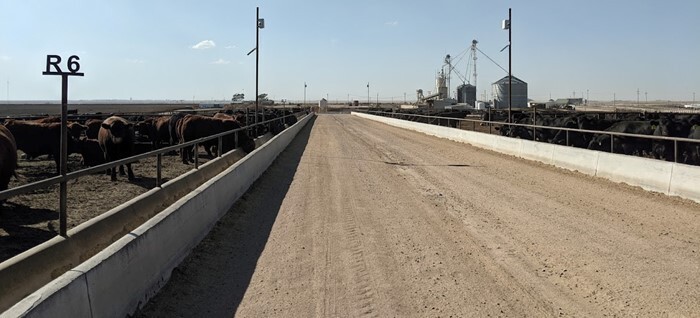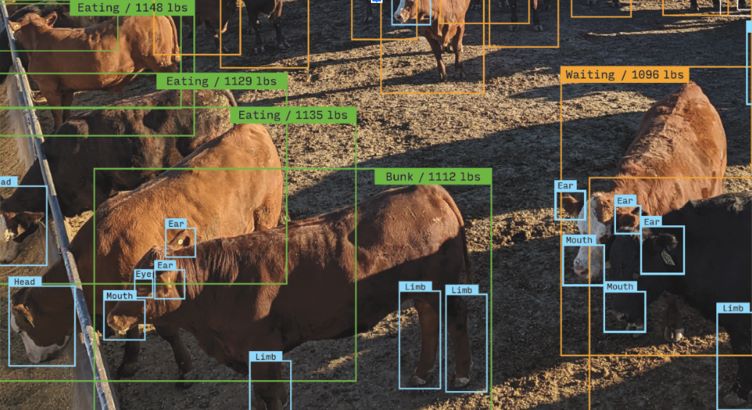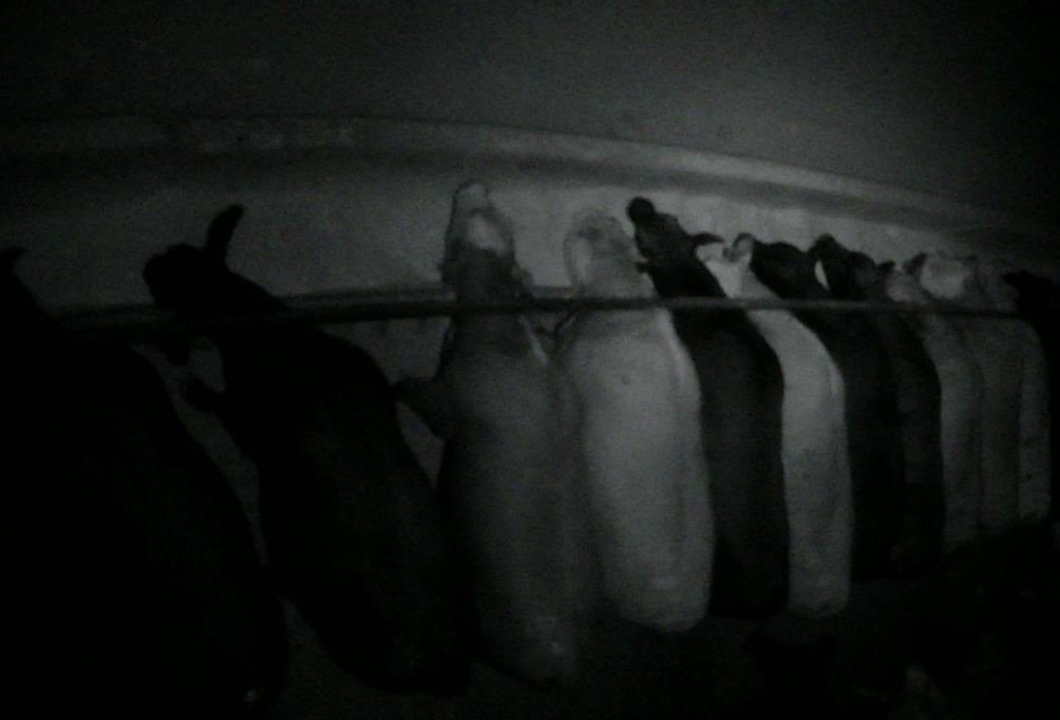Optimizing feed intake through good bunk management is critical for success in cattle feeding. Over the last few decades, a lot has changed about how we manage feed intake in feedlot cattle. Today’s technology advances are beginning to close the gap between what we can measure and what we’ve always wanted to measure.
Optimizing Intake in Feedlot Cattle
Over the last 30 years, significant advances have been made in managing intake in feedlot cattle. Yet gaps remain between the promises of modern management techniques and the data required to achieve them. Precision Livestock Technologies’ Bunk Management System gives producers the ability to fully realize the potential of bunk management to maximize gain, minimize risk and get the most out of their workforce.
The Evolution of Technology in the Feedlot
Research into ruminant digestion in the 1970s and computerization of feedlot operations in the decades that followed ushered in new methods of feeding cattle. Prior to these developments, the common wisdom was to always have feed available in the bunk.
Research connecting feed intake to metabolic issues such as bloat, acidosis and sudden death syndrome began to change the way intake was viewed. The introduction of the ionophores monensin (Rumensin(r)) and lasalocid (Bovatec(r)) fueled much of this research on feeding behavior and intake.
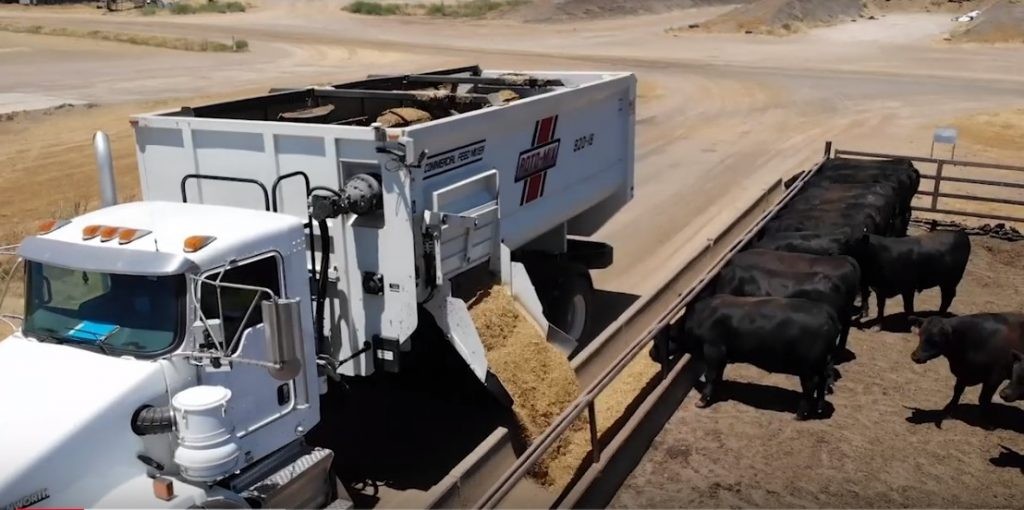
Simultaneously, corporate feeding companies were expanding, feedlot sizes were increasing, and implants, steam flaking, improved genetics, and longer days on feed were resulting in heavier cattle. The increased logistic complexity of larger feedlots put new demands on feed manufacturing and required computerization of more operations within the feedlot and more precision in feed delivery.
The ability to accurately control the amount and timing of feed delivery allowed larger feeders to scale and realize the potential of ionophores and other new technologies. These capabilities, in turn, enabled the development of clean bunk and other new feeding strategies and spawned the modern era of “bunk management”.
Principles of Optimizing Feed Intake
Over the course of the last two decades, producers, nutritionists, and researchers have continued to develop more efficient methods of feeding cattle and understanding the impact on performance of bunk space, daily variation in feed, and feed energy density. Today, there is a reasonably broad consensus on the principles and data required to safely maximize gain in feedlot cattle:
- Use equations to predict intake and provide a soft target to ensure cattle are not underfed (Galyean and Hubbert, 1992; Anele, UY, et al., 2014)
- Establish guidelines to limit the size and frequency of increases
Data required
- Daily dry matter intake history
- Cattle feeding behavior (i.e. feeding aggression)
- Bunk levels before feed deliveries and the “night slick” -time after the last feeding
Data to Maximize Profit and Minimize Risk
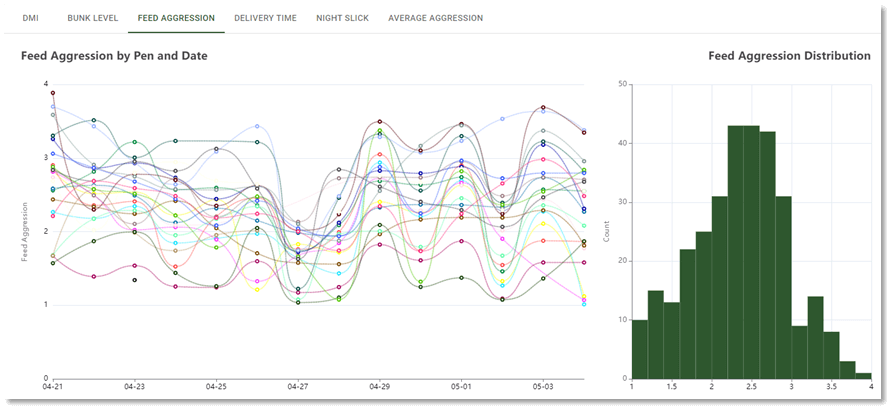
Despite clarity on the data required to optimize feeding and avoid costly mistakes, no technology has been developed to monitor cattle behavior and bunk levels in real time and at scale in commercial feedlots. With access to labor, particularly skilled labor, a growing issue in feedlots, the need to automate data collection and decision making is becoming increasingly vital for producers to meet the demand for higher quality meat and more efficient production methods.
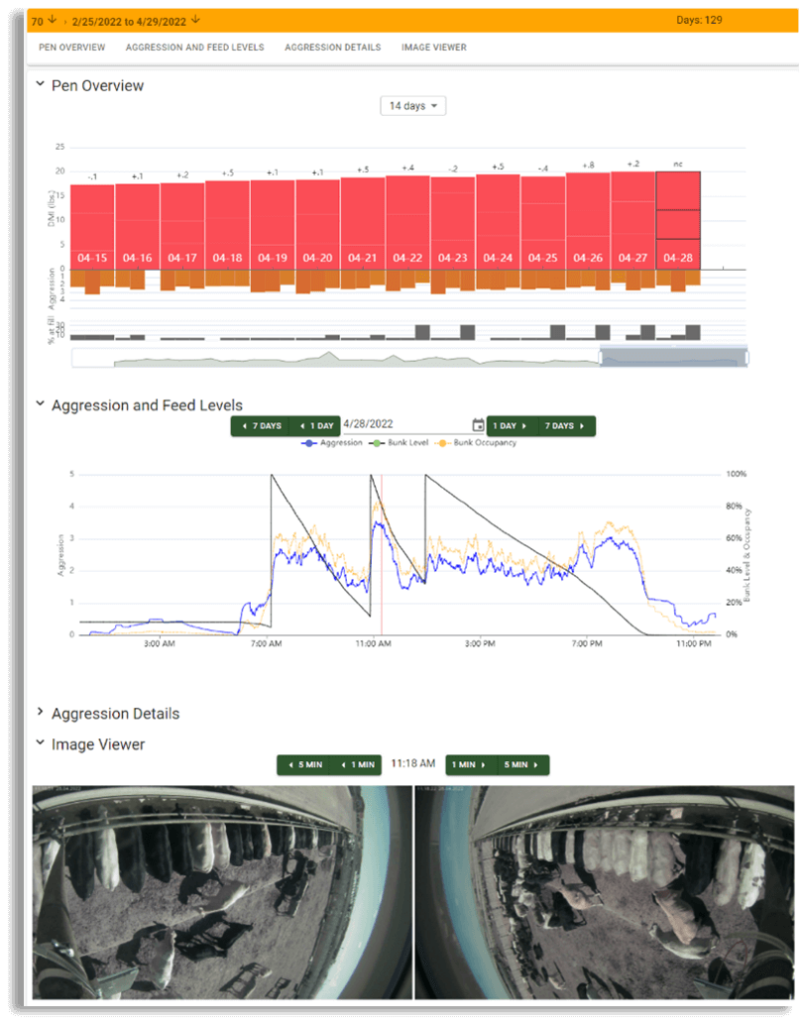
The PLT Bunk Management System was developed to close the gap between the potential of modern management techniques and their practical implementation. Using reliable solar powered cameras, the system’s machine vision algorithms automate the continuous collection of data on feeding behavior, bunk levels and night slicks.
The next Bunk Line Bulletins will discuss how data from the PLT system can be used to fine-tune feeding strategies and ensure optimal performance from every pen in the feedlot.

